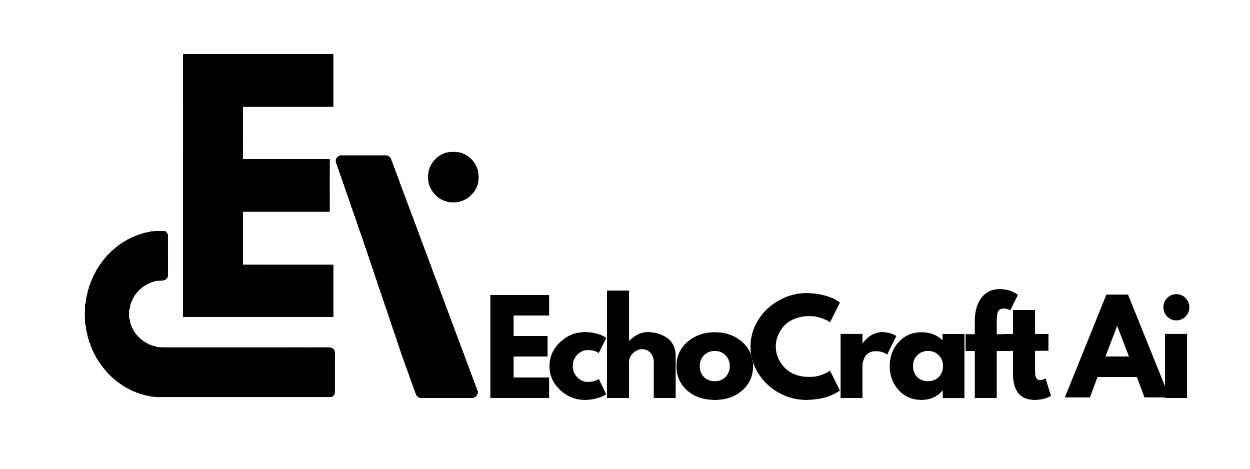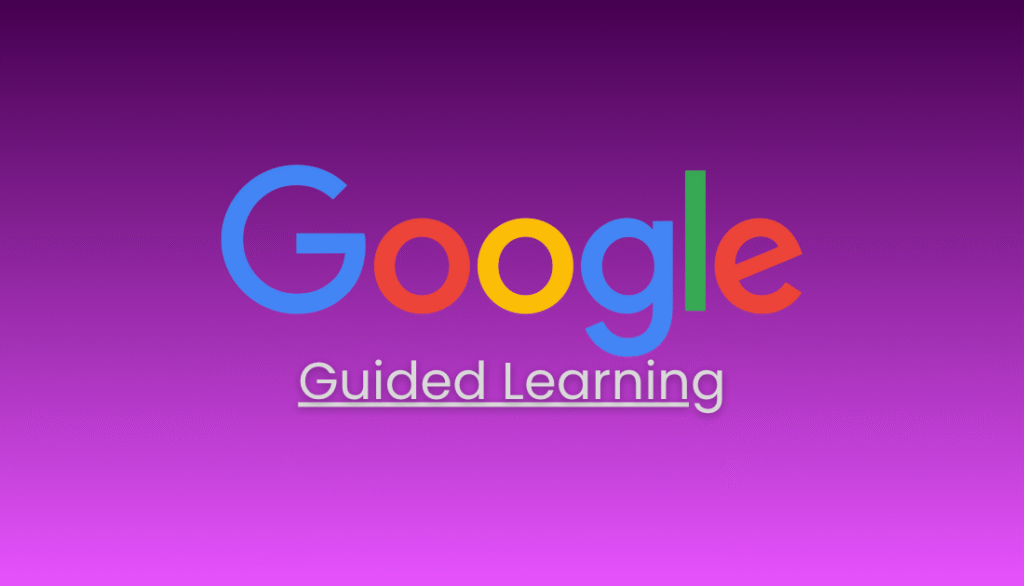As the academic year begins, Google is enhancing its Gemini platform with a new feature called Guided Learning, designed to support more effective and interactive learning.
Highlights
- Guided Learning is a new Gemini feature that breaks down complex topics into manageable steps using scaffolding and adaptive instruction.
- Goes beyond answers: The system promotes deeper understanding through interactive, step-by-step learning rather than quick solutions.
- Multimodal learning: Features include diagrams, YouTube videos, quizzes, flashcards, and visuals to support various learning styles.
- Built on LearnLM: A specialized version of Gemini trained using cognitive science principles and input from educators to support real learning.
- Outperforms competitors: LearnLM was preferred by educators over GPT-4o, Claude 3.7, and Gemini 1.5 Pro in 73–82% of evaluations.
- Educator-backed design: The tool mimics human tutoring through scaffolding, error anticipation, and gradually reduced guidance.
- AI tutors gaining ground: Teachers rated AI tutors higher in clarity, empathy, and engagement in math-focused studies.
- Not a shortcut: Google frames Guided Learning as a digital tutor meant to support—not replace—traditional learning methods.
- Free AI Pro access: Students in five countries (US, Japan, South Korea, Brazil, Indonesia) get 1 year free access to Gemini Pro 2.5 and tools like Veo 3 and NotebookLM.
- Academic impact: Early studies show students using scaffolded AI tools can outperform peers by up to 15 percentile points.
- Limits and cautions: Wharton research warns that AI usage must promote true understanding, as students may struggle without access during exams.
The feature arrives shortly after OpenAI launched its own Study Mode for ChatGPT, reflecting a broader industry shift toward AI-powered educational tools.
What is Guided Learning?
Guided Learning is an AI-driven educational tool that aims to go beyond simply providing answers. Instead, it focuses on breaking down complex topics into manageable steps, encouraging deeper understanding through interactive, scaffolded instruction.
The system tailors its responses based on individual needs, supporting a learning process that is responsive and personalized.
Unlike traditional AI responses that may prioritize efficiency over depth, Guided Learning incorporates multimodal outputs — including text, diagrams, videos, images, and quizzes — to accommodate different learning styles.
Design Philosophy
The feature has been developed in response to ongoing concerns from educators that generative AI may encourage surface-level engagement or reliance on shortcuts.
Google positions Guided Learning as a complement to, rather than a replacement for, traditional learning, aiming to function as a digital tutor that supports students through each stage of understanding.
Maureen Heymans, VP of Learning & Sustainability at Google, described the tool as “a collaborative thinking partner that helps you get it — each step of the way.”
Enhancements to the Gemini Platform
- Automatic Integration of Visual Aids – Responses now include YouTube videos, visuals, and diagrams to improve clarity.
- Flashcards and Study Guides – Users can generate these based on course materials or quiz results.
- Support for Various Learning Contexts – From exam preparation to hobby-based exploration, Gemini is expanding its role as a study companion.
LearnLM and Educational Science
Guided Learning is powered by LearnLM, a fine-tuned version of Gemini that incorporates findings from cognitive science and instructional design. This model was developed in collaboration with educators and pedagogical researchers to align with principles such as:
- Scaffolding – Breaking content into logical, supportive steps
- Managing cognitive load – Avoiding information overwhelm
- Adaptive learning – Tailoring explanations to student needs
In an evaluation conducted in May 2025, LearnLM was preferred by educators over comparable models — including GPT-4o, Claude 3.7, and Gemini 1.5 Pro — in 73% to 82% of comparisons for educational alignment.
Human vs AI Tutoring
A recent study examining AI and human tutors in math-related tasks found that educators rated AI tutors higher in engagement, empathy, scaffolding, and clarity.
Notably, 80% of educators preferred the AI tutor in specific criteria, indicating that well-structured LLMs like LearnLM can provide effective educational support — particularly in text-based learning environments.
Cautions and Limitations
Despite promising results, research from the University of Pennsylvania’s Wharton School notes that students using AI support often perform well on practice problems but may struggle in exam conditions where AI is unavailable.
This highlights the importance of AI tools promoting true comprehension and metacognition, rather than dependency.
Academic Impact
Field studies suggest that scaffolded microlearning, as implemented in AI systems like Guided Learning, can lead to significant academic gains.
In some experiments, students using such tools scored up to 15 percentile points higher than those without access to them. This data supports the idea that AI tutors, when used effectively, can boost learning outcomes beyond rote memorization.
How Guided Learning Works
Guided Learning employs techniques inspired by instructional scaffolding, a method where learners are gradually guided through challenges with decreasing levels of support.
The AI anticipates possible errors, responds adaptively, and helps users progress through problem-solving with increasing independence — much like a human tutor would.
Access and Availability
To encourage adoption, Google is offering a free one-year subscription to the AI Pro plan in five countries: the United States, Japan, South Korea, Brazil, and Indonesia. This plan includes access to advanced tools.
- Gemini 2.5 Pro
- NotebookLM
- Deep Research
- Veo 3


